4 minute read
FAQ: Insights into Compliant Large-Scale Cell Line Screening Solutions
April 18, 2024

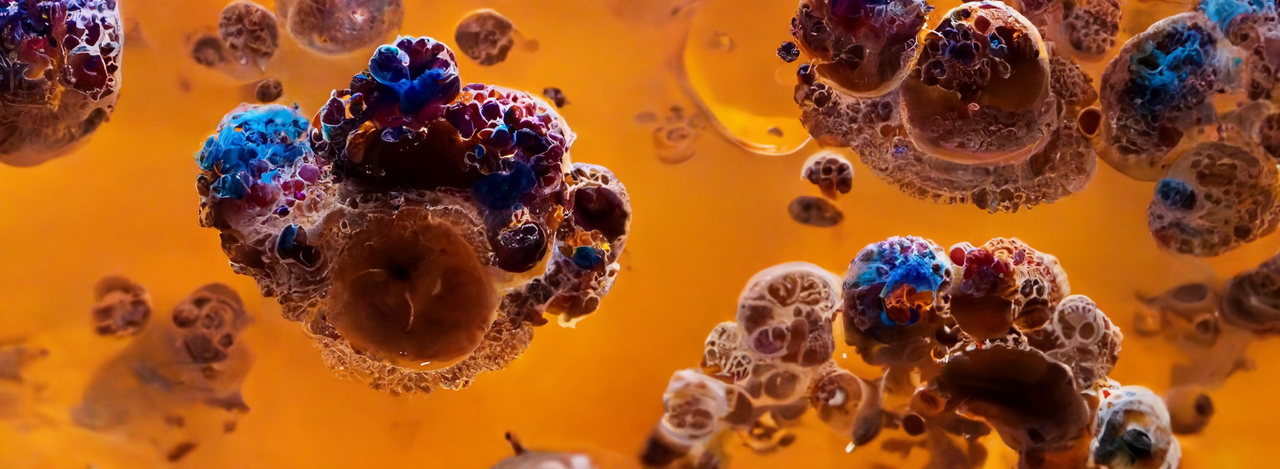
3 minute read
April 15, 2024

11 minute read
January 19, 2024
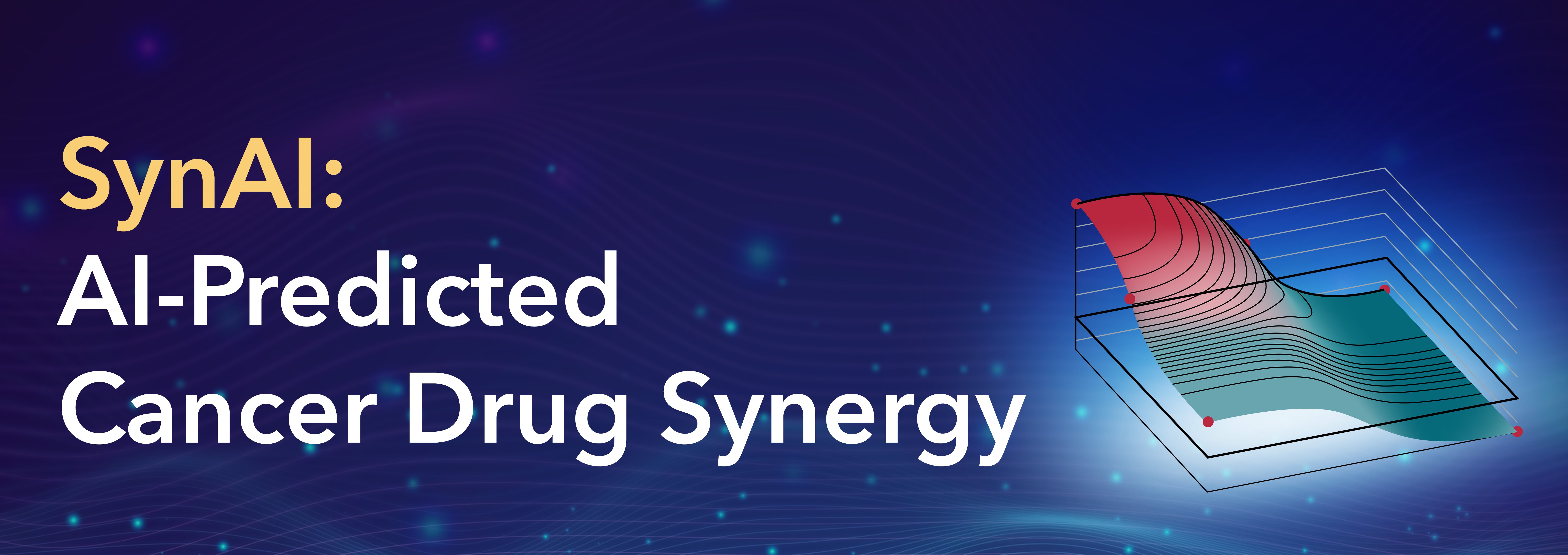
3 minute read
January 9, 2024
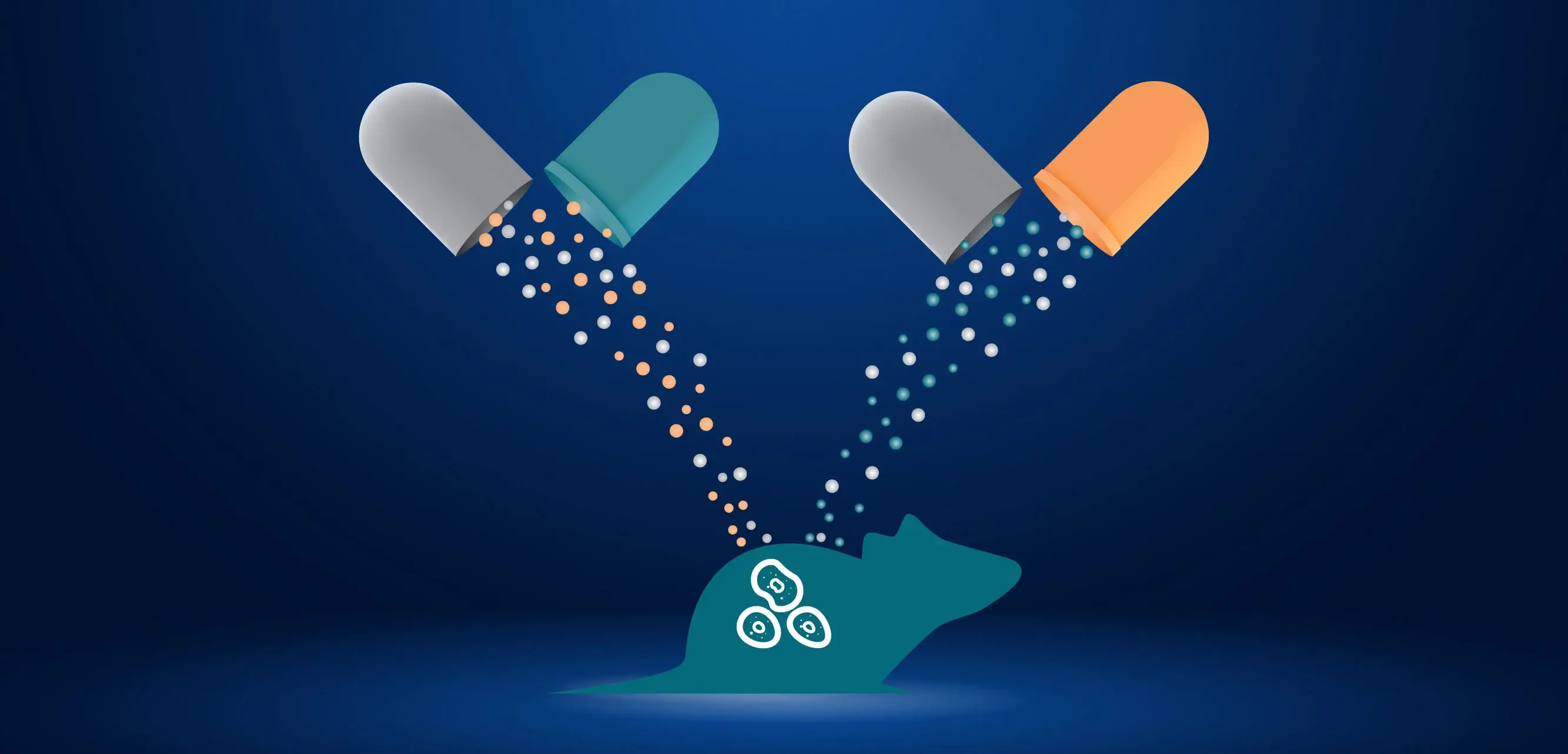
5 minute read
November 21, 2023
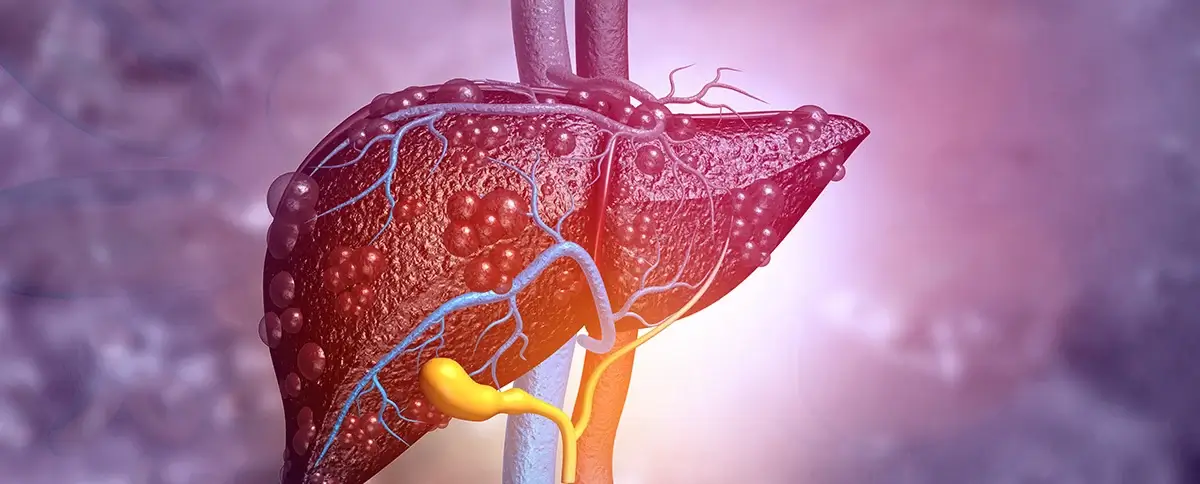
4 minute read
November 17, 2023

5 minute read
October 30, 2023

4 minute read
October 30, 2023
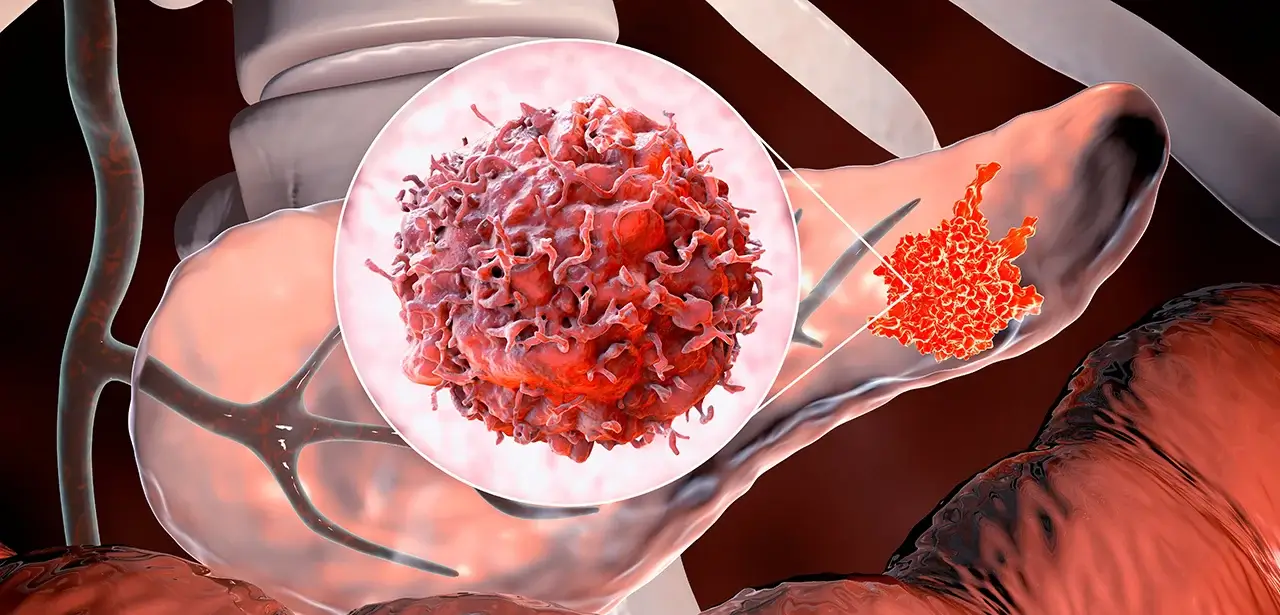
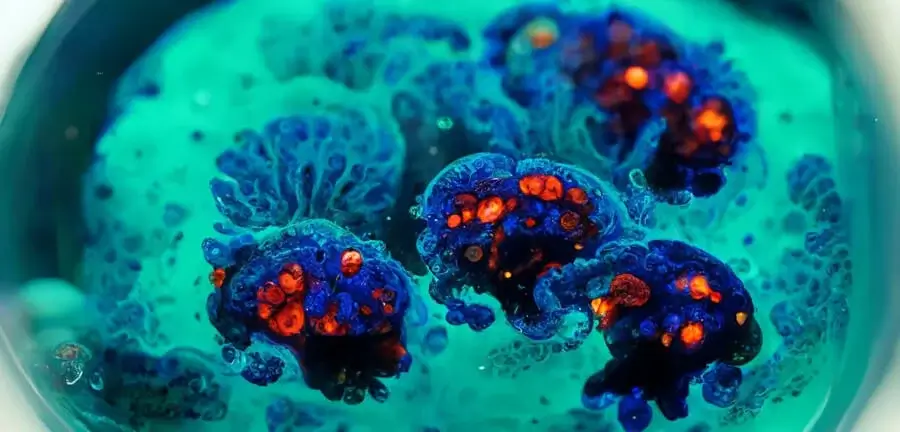
© 2024 Crown Bioscience. All Rights Reserved.


© 2024 Crown Bioscience. All Rights Reserved. Privacy Policy
2024-01-10
2022-12-16